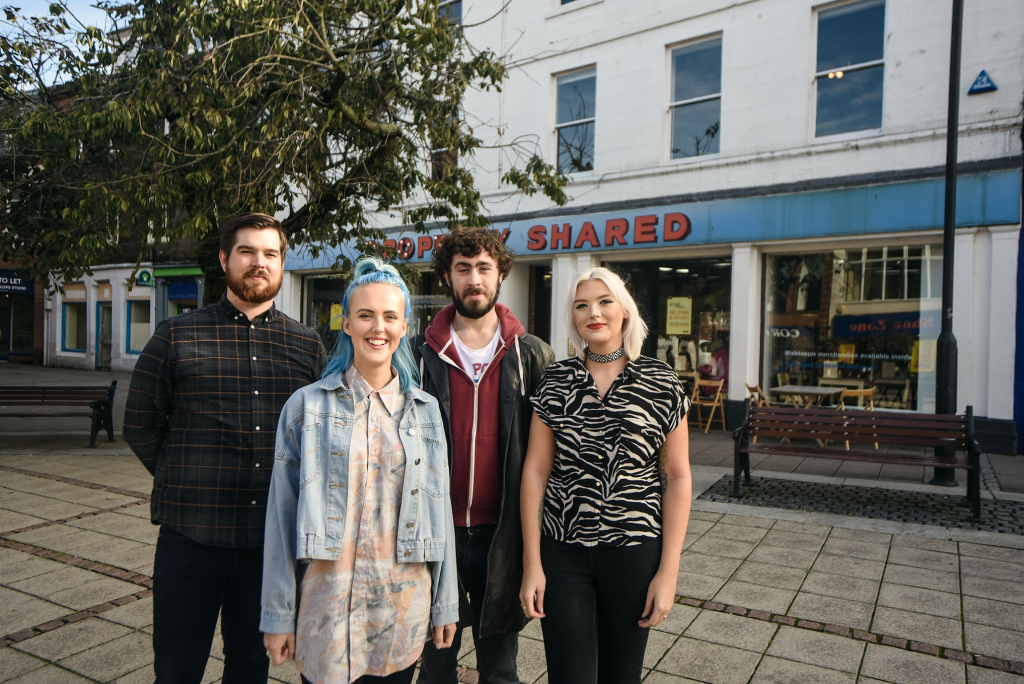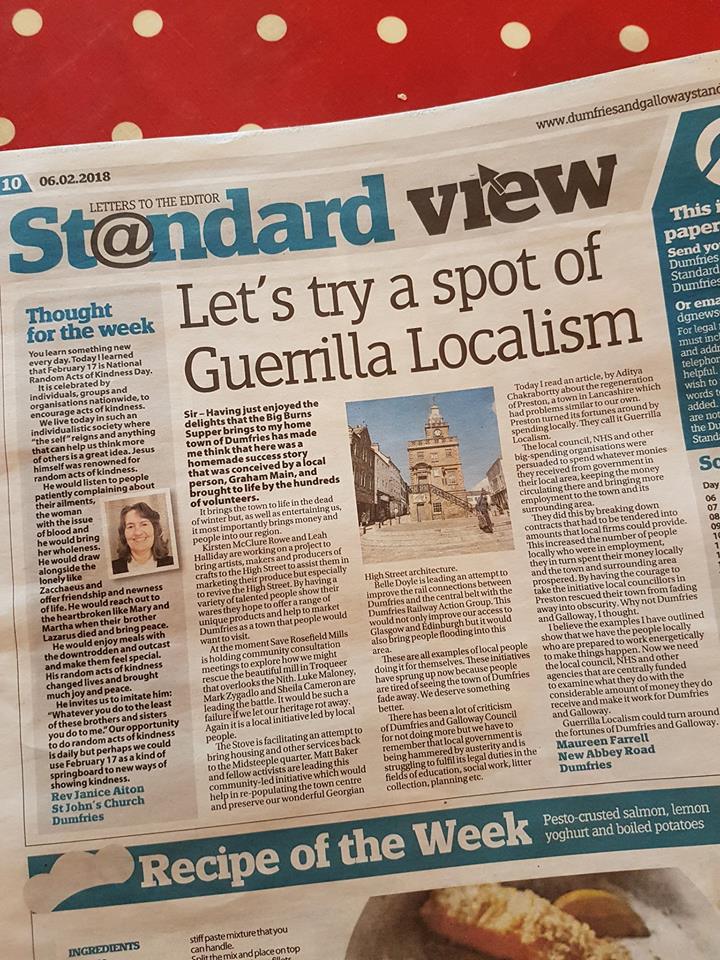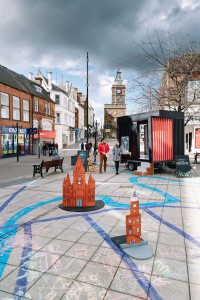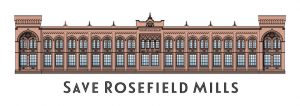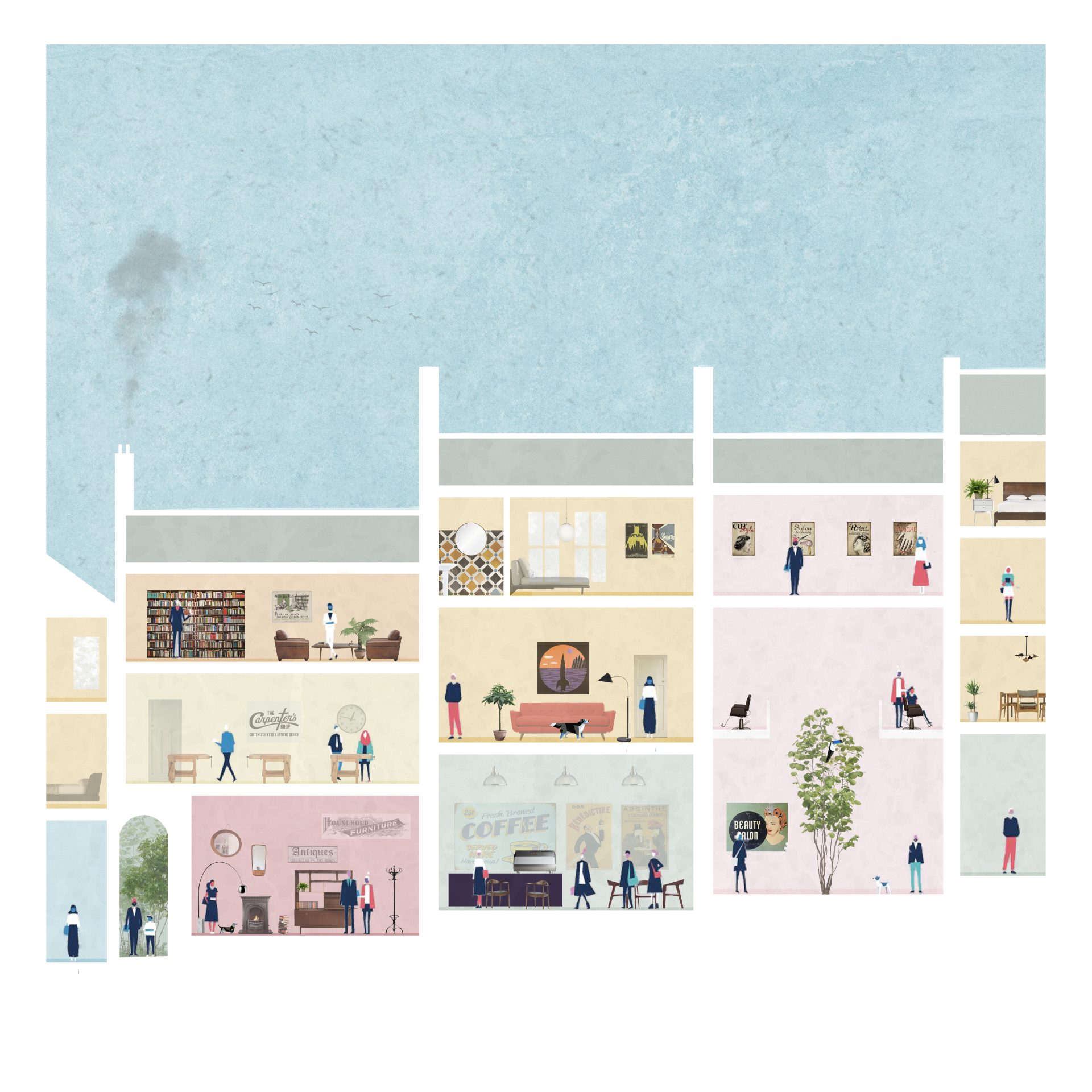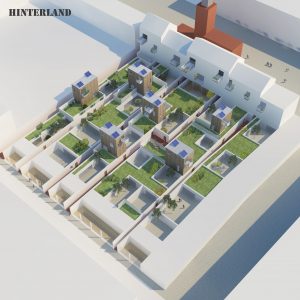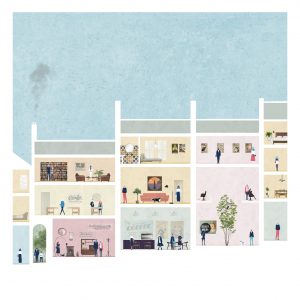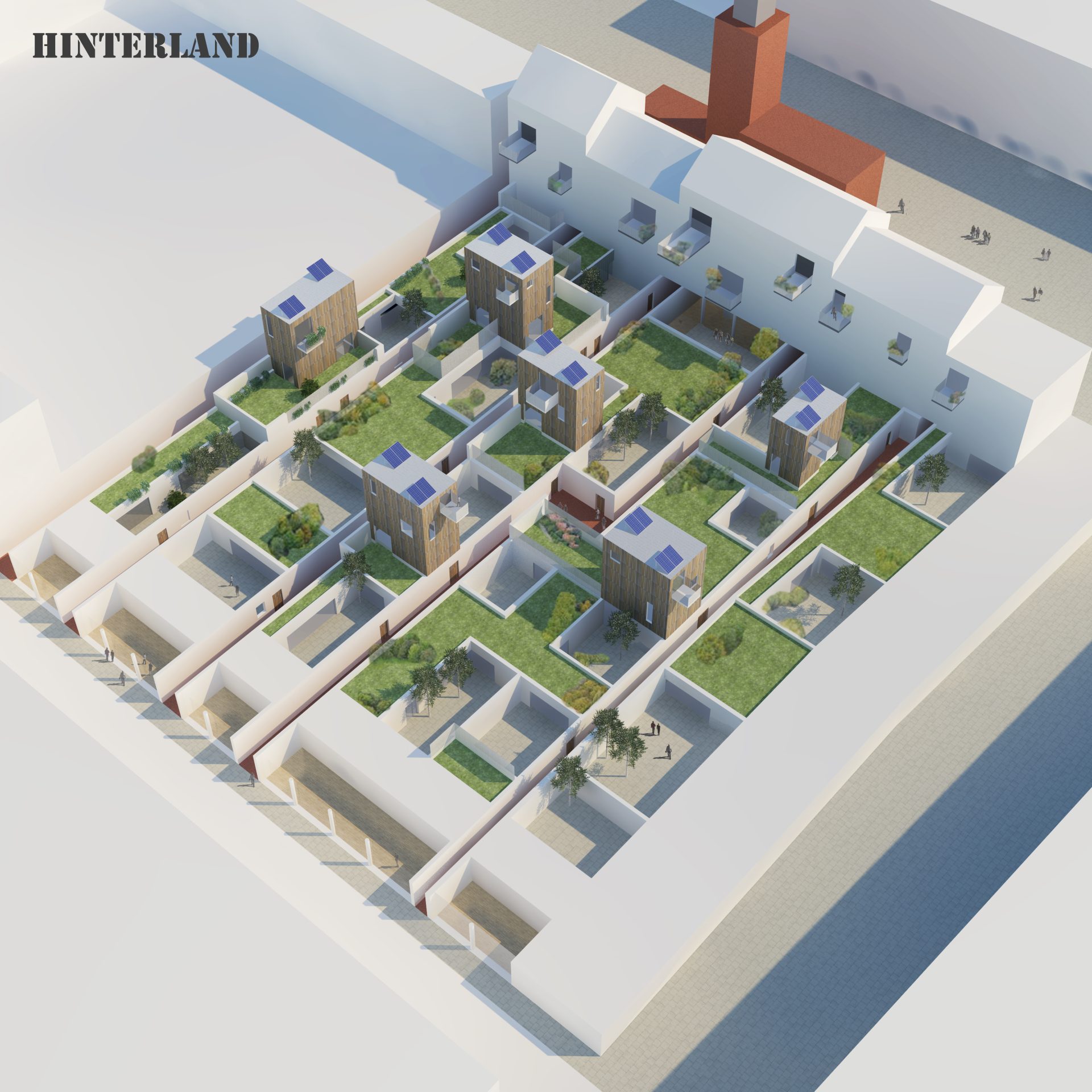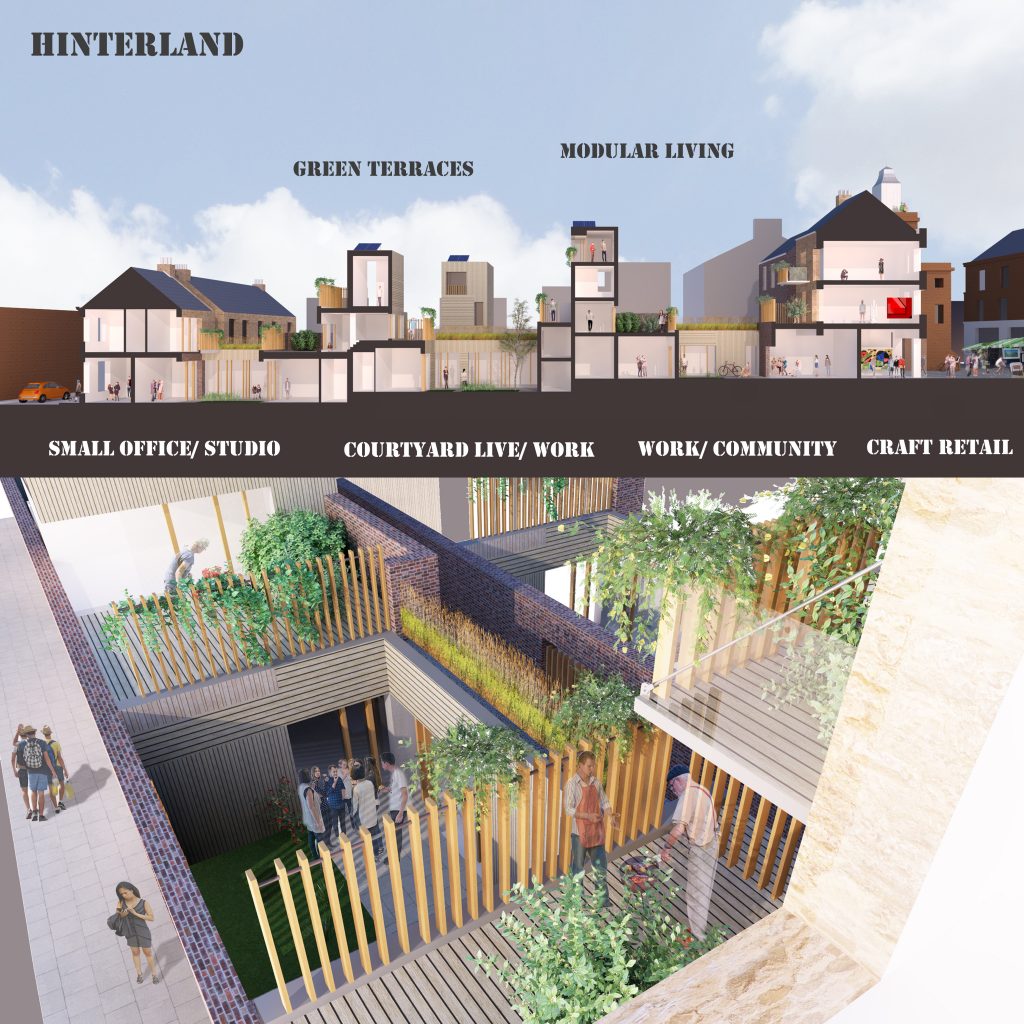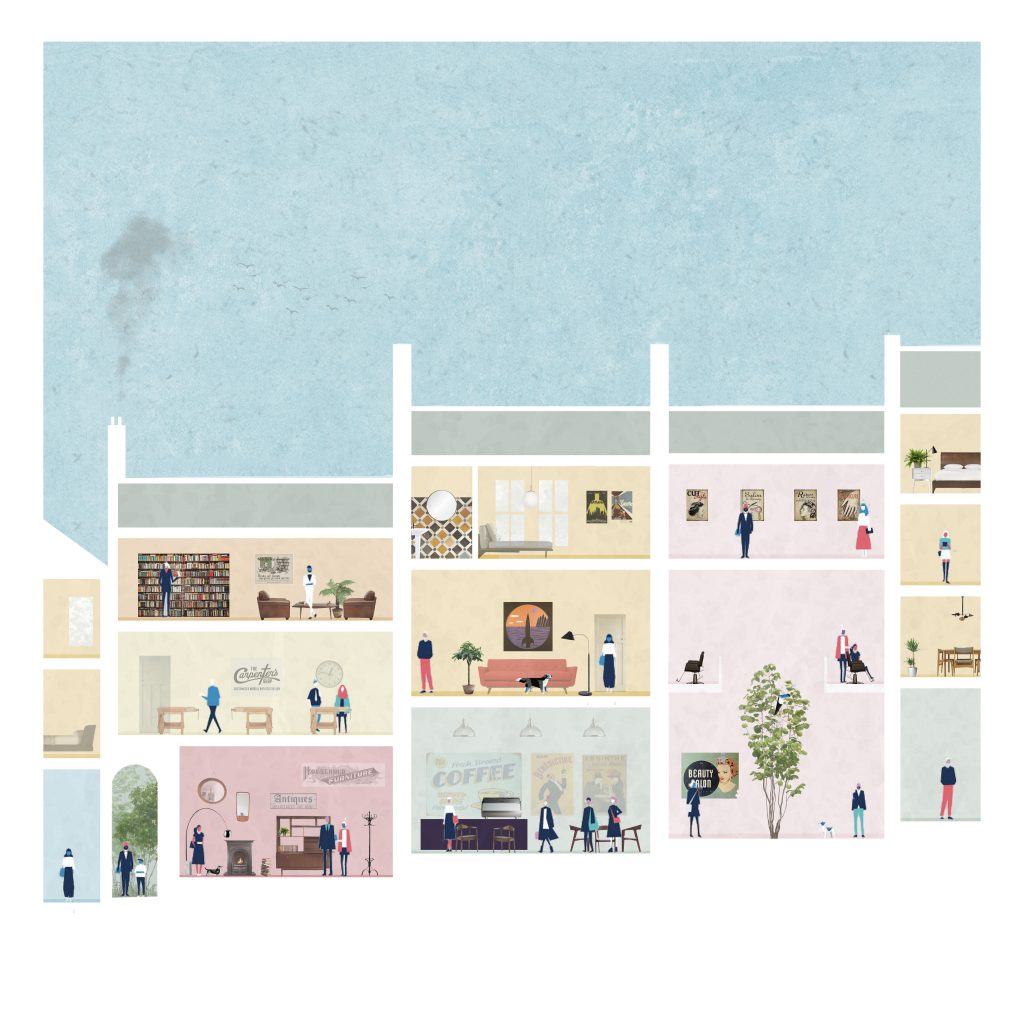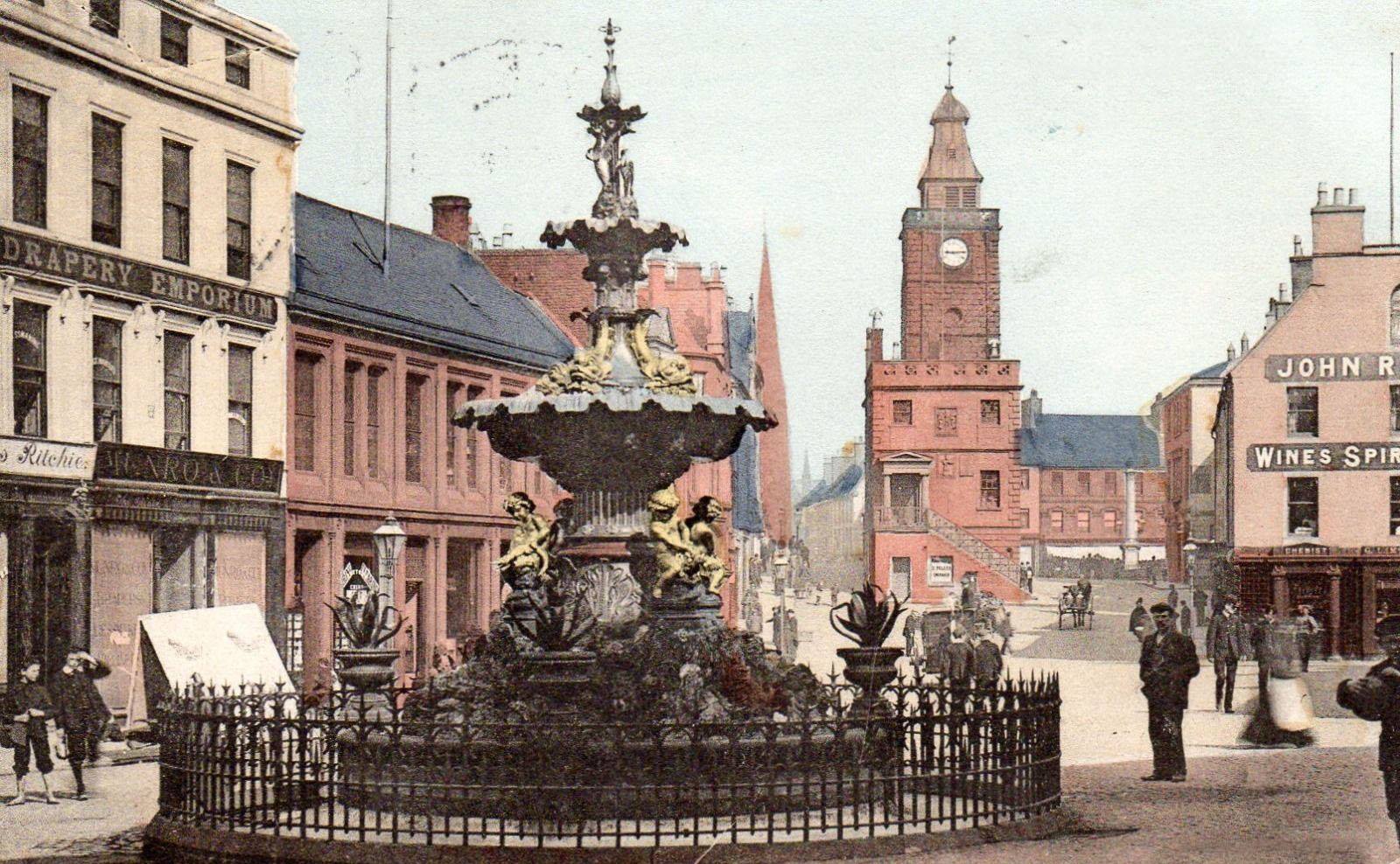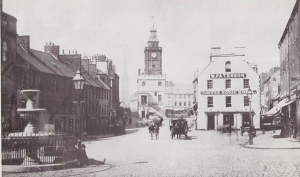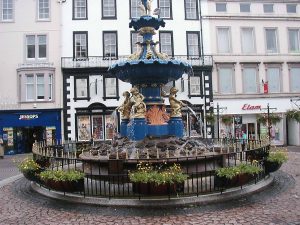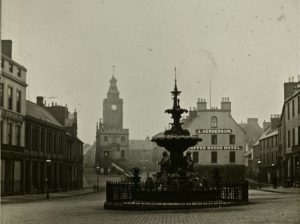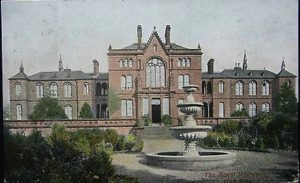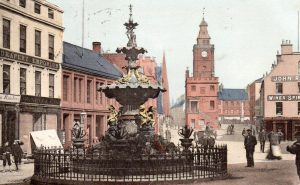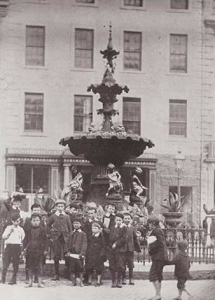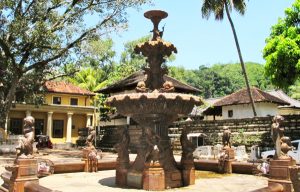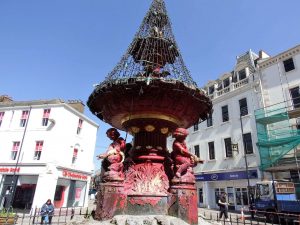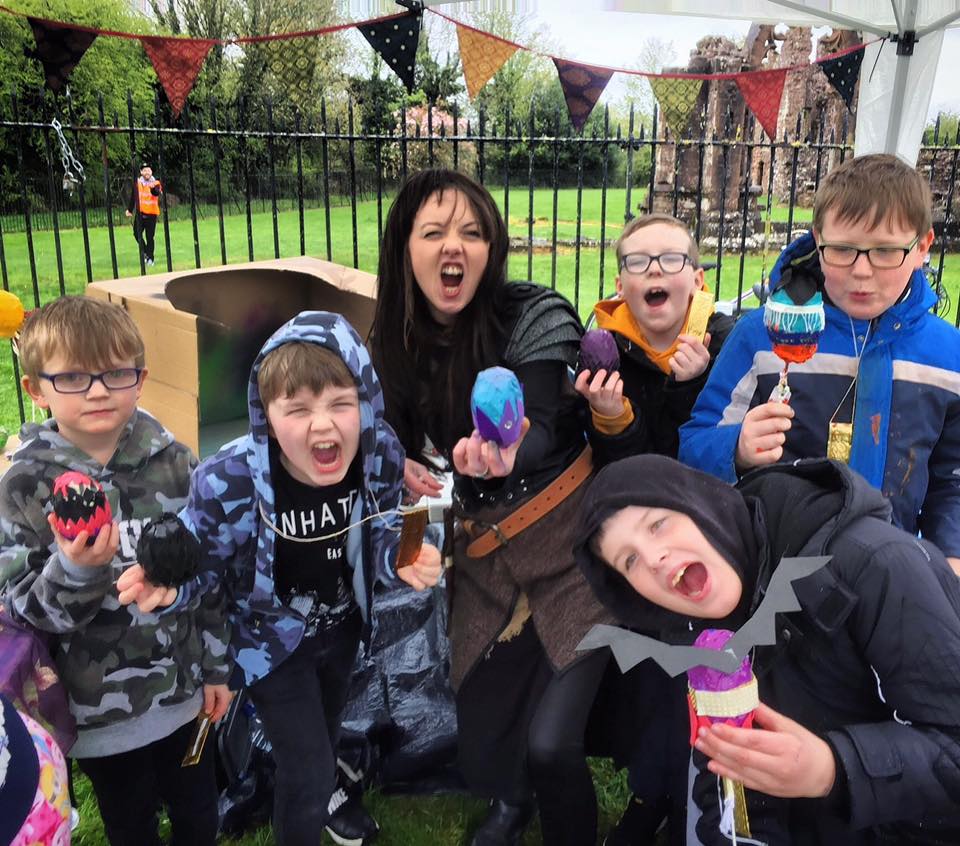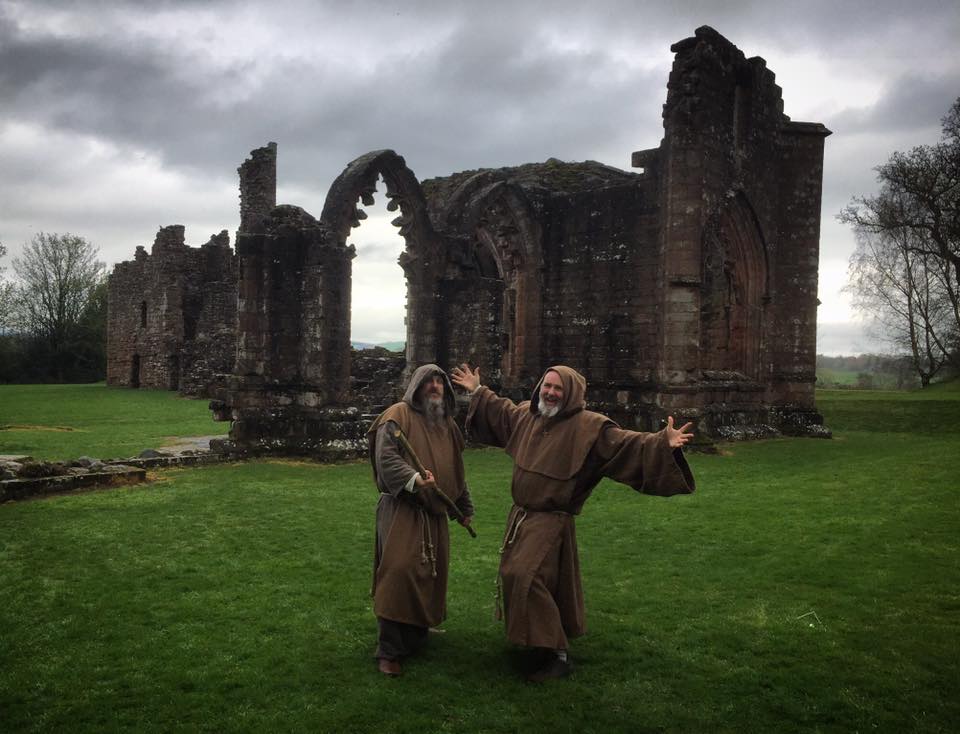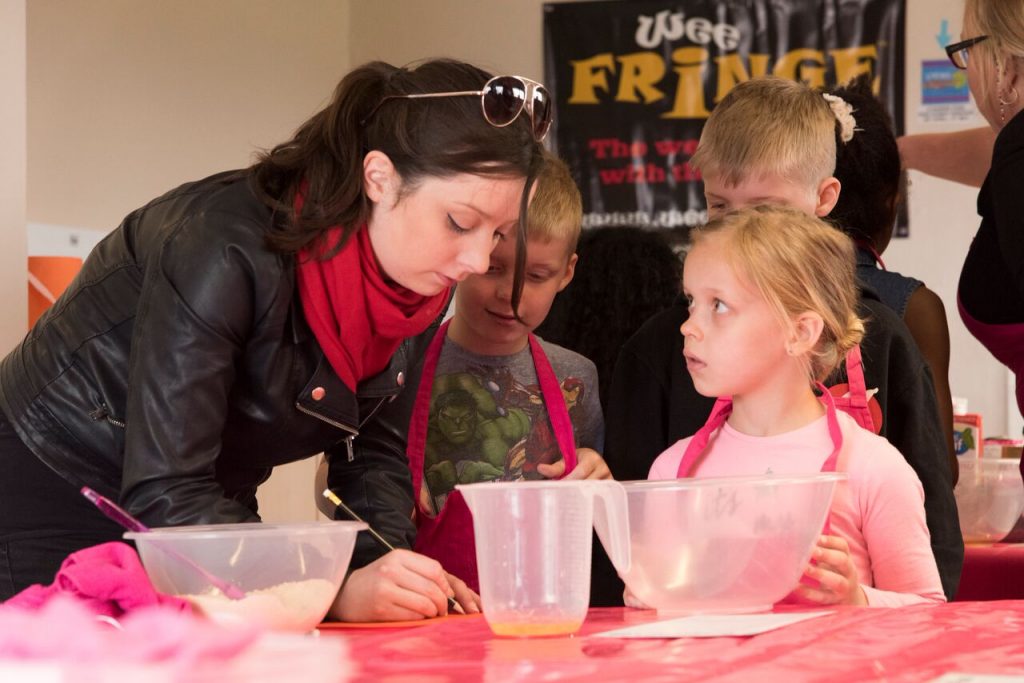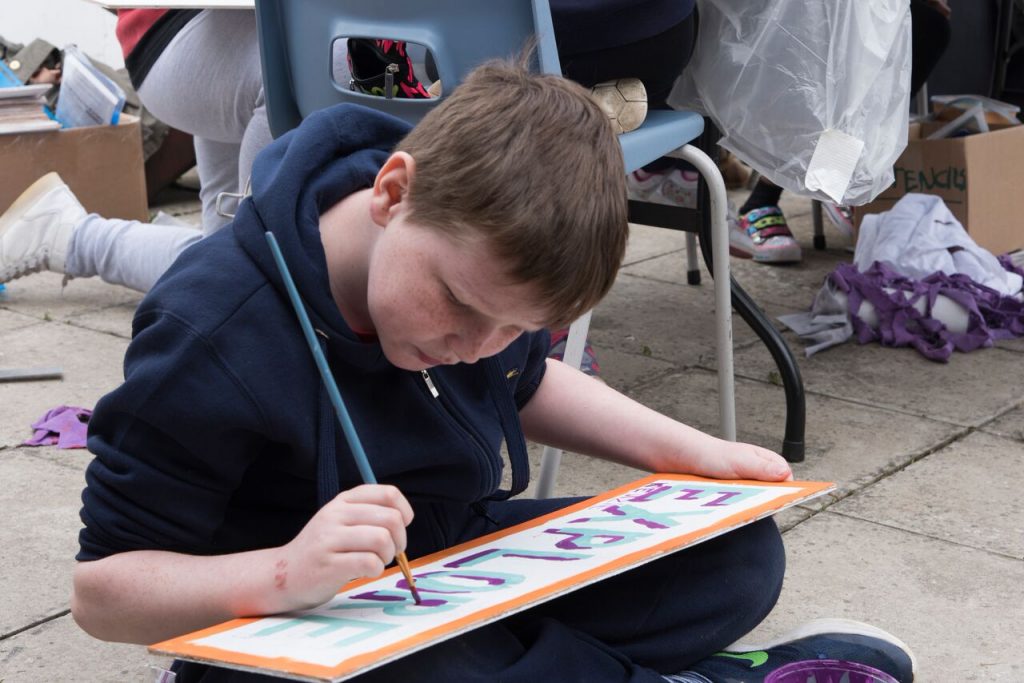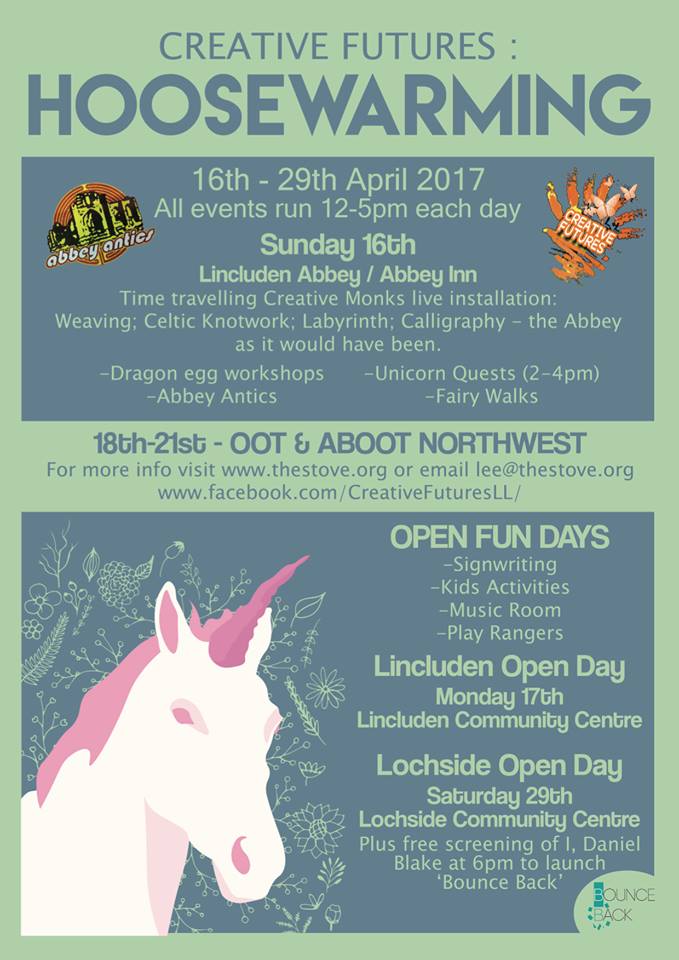Hello! I’m Jordan – the new member of the Blueprint100 Curatorial Team and I am over the moon to have been offered this position.
I am originally from Edinburgh, but I moved to Dumfries in 2012 and have called it home since then. I am love with this town. I am in love with the river. I am in love with the possibilities this place holds. I am in love with the way it makes me feel. Like many, I want to make Dumfries a better place – because not everyone loves the place we call home and this feels unsettling. I am eager to create arts opportunities for young people across the region but most of all, I want to create a place in which we are not ashamed of.
For the last four years, I have been studying Contemporary Performance Practice (CPP) at the Royal Conservatoire of Scotland (RCS), in Glasgow. I graduated in July with a First-Class Honours Degree and I still cannot quite believe that happened!
Glasgow, is my favourite Scottish city (at the moment anyway – I change my mind like the weather!!) I think it’s true what they say – people truly do make Glasgow and many of the things that happen there are so diverse and beautiful that I can see why people never leave.
For me, Glasgow was not all roses and rainbows. The course was tough (but also awesome and life-changing and thought-provoking and full of magic. I will be forever grateful to have had that experience, you can find out more about my course here: https://www.rcs.ac.uk/courses/ba-contemporary-performance-practice/).
I recognised in my third year that the fire that burns within me was dimming in the city. I didn’t feel like I was suited to living full-time in the bright lights and the busy streets. I guess, as cliché as this sounds, I was feeling lost and uncertain. I felt a yearning for something more, something that I wouldn’t feel like I was drowning in. I wanted to be a part of something, something I could change. Something where my voice was heard. Something where my arts practice would not go to waste, although I wasn’t entirely sure what that was yet. I didn’t realise that all I ever wanted was right in front of me – at home, in Dumfries.
Looking back, I wish I had known that these feelings were completely fine to be feeling. I put more pressure on myself at the time because everyone around me seemed to be on a different thought process and figuring out their arts practice and really “getting it” and I wasn’t. I began to experience some mental health issues and my course soon fell to the bottom of my priorities.
I love to party – that is still true today. But a couple of years ago, this became an escape mechanism for me and I never wanted the party to stop. I decided that I was going to leave the course at the end of third of year and not complete my honours. I did not care at all and although (spoiler alert!) that point of view came to bite me in the bum in fourth year (stressss!) I am not angry at myself for feeling like that because I know it was genuinely how I was feeling – and we should not beat ourselves up for our emotions, or else we are all doomed. It was a part of me figuring things out.
On my course, we do our dissertations in third year (instead of fourth, because our final year is full of other fantastic modules) so before leaving, I had to complete my dissertation. I am extremely interested in conversation and the way it is used to make and create art. I entitled my dissertation; Conversation as an art form – when is conversation art?
Cutting a very long story short, during this time, my mum became very unwell and my life really changed. I had to commit to being in Dumfries whilst juggling a dissertation and end of year show and a million other uncertainties and things were happening at once. It felt like the world was caving in and I have never felt so alone… but, as some person once said, when the going gets tough, the tough get going… and that’s what happened. I did a lot of growing up. I completed my dissertation, I completed third year, I became a carer, I overcame some heady stuff and cried loads and loads and loads. I’m actually crying right now as I type this! It’s good to cry though.
My mum made a miraculous recovery that has made me believe in angels and all things other. I knew I had to complete fourth year and entered my final year at RCS determined and ready. My mum and I even made a show together named Kin; a memory that I will cherish deeply for the rest of my life.
Right now, I am committed to community arts practice and particularly interested in the therapeutic role of creativity; my ongoing work resides in community development. I am determined that if we all take a little more time to care for each other and the place in which we live, we will begin to feel much more connected to each other, contributing to better mental health. I hope that my Blueprint100 journey allows me to implement this and I look forward to (hopefully) being a part of your journey too.
So, that’s a little bit about me! If you want to get in touch, I would love to hear from you! My email is [email protected]


